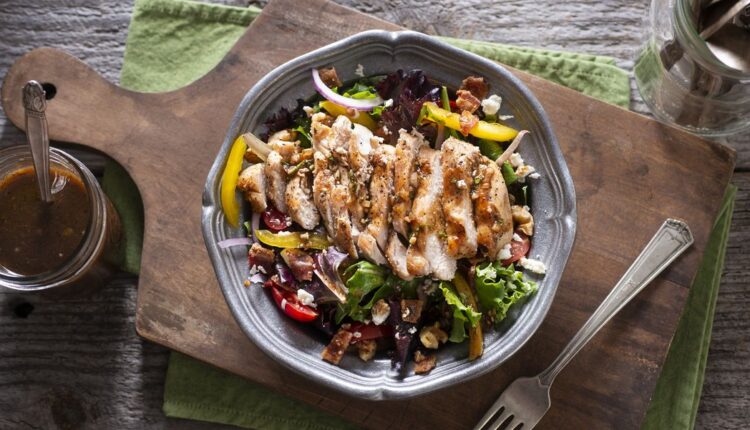AH, CHICKEN BREASTS—the Tom Hanks of the protein world. They’re both dependable, consistent, and always deliver at least an average performance.
Except that unlike Tom Hanks, chicken breasts can be challenging to cook at home. (Sorry, poor taste?)
That’s because chicken breasts have little leeway between dry-as-all-get-out overcooked and salmonella-inducing undercooked. If you can hit that sweet spot in-between, chicken breast is juicy, tender, and totally delicious. If you can’t? Well, that’s the culinary equivalent of The Da Vinci Code.
The difference involves smashing the chicken breast flat with a heavy object.
Yes, pounding a poor, helpless, defenseless chicken breast using a meat mallet, rolling pin, the bottom of a cast-iron pan, or something else perhaps even more creative, will result in a better-tasting bird.
You see, chicken breasts are, for lack of a better word, blobs. And blobs are uneven in terms of their thickness. So that’s why the thinner parts of the chicken breasts tend to overcook before the thickest parts are done. Smashing the chicken breast to an even thinness not only solves “the blob problem” (which is, coincidentally, the title of a 1987 Tom Hanks movie), but it tenderizes the meat and helps it cook more quickly.
Easy, right?
As Hanks himself once said, “If it were easy, everyone would do it.”
So do it.


Comments are closed.